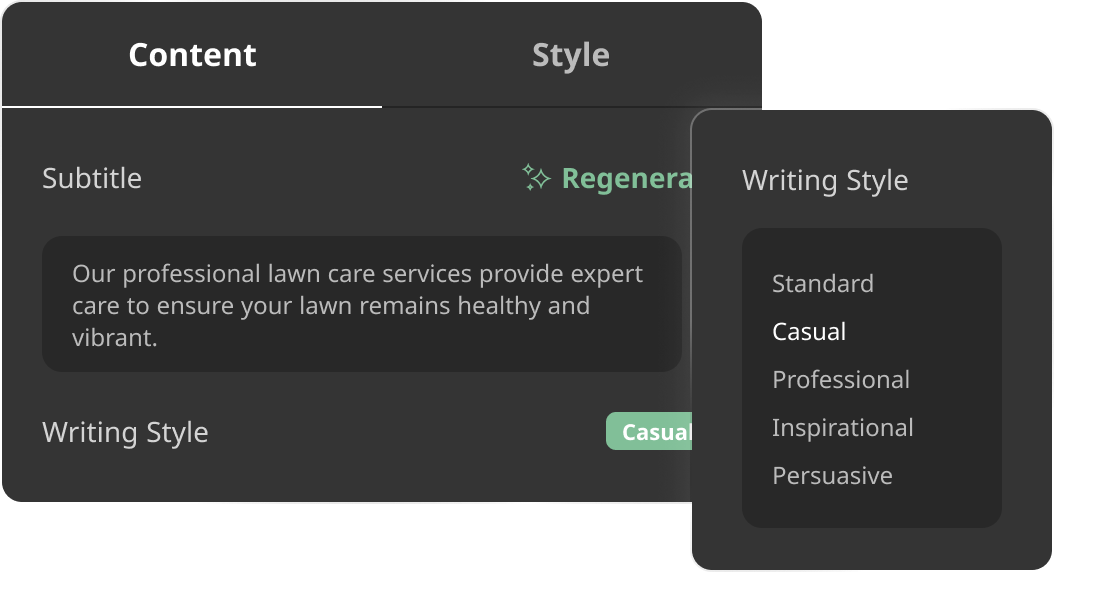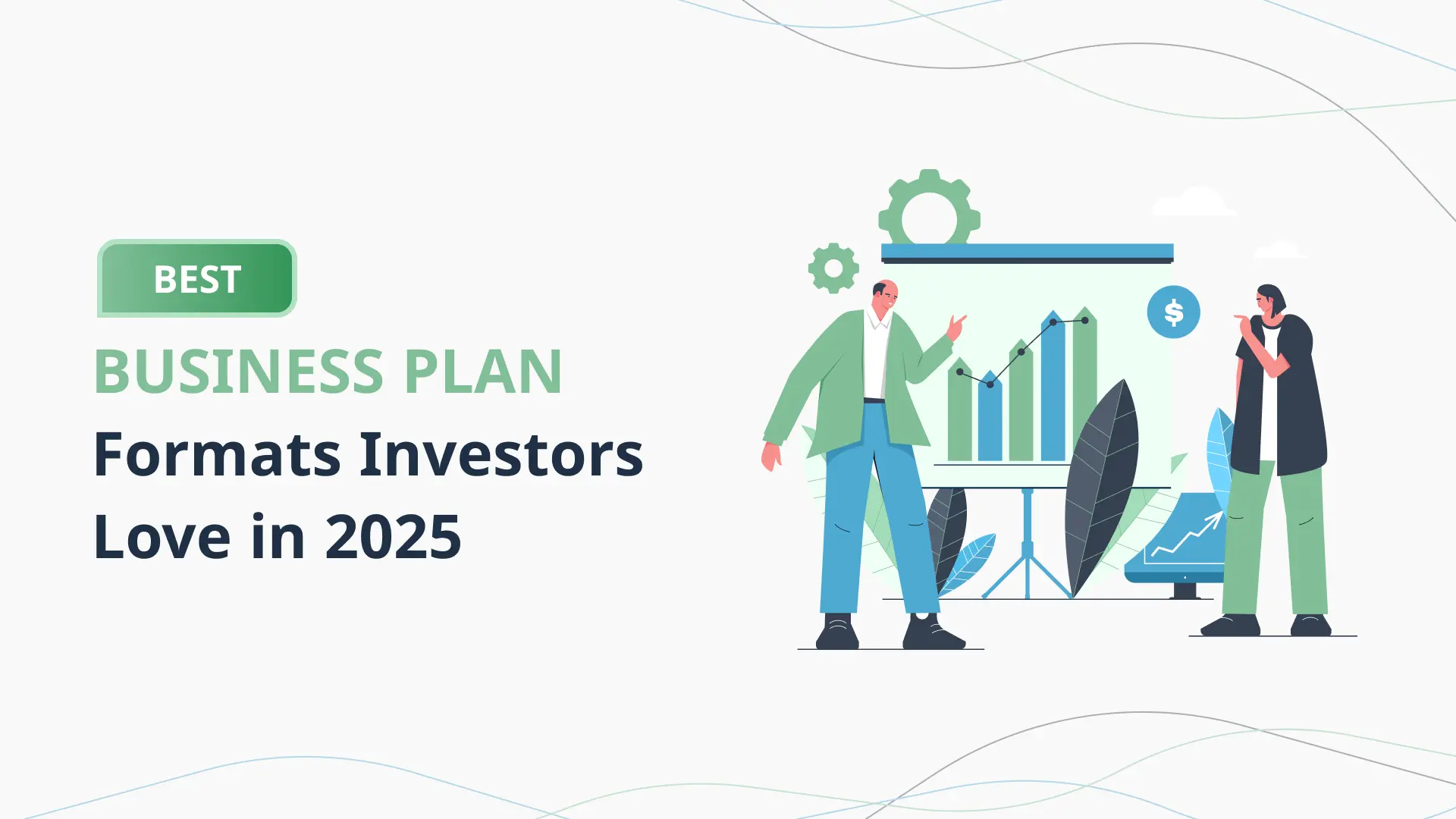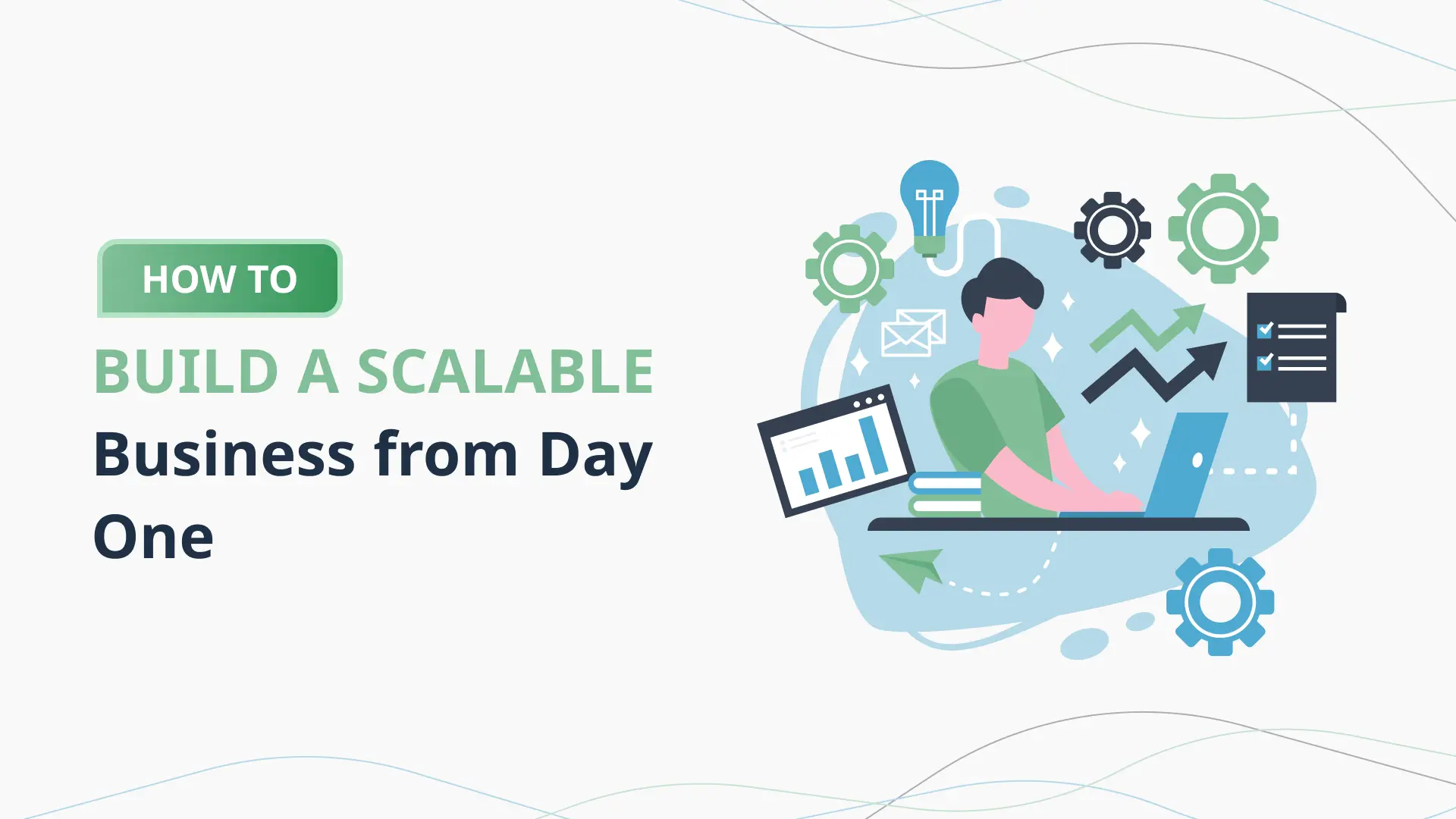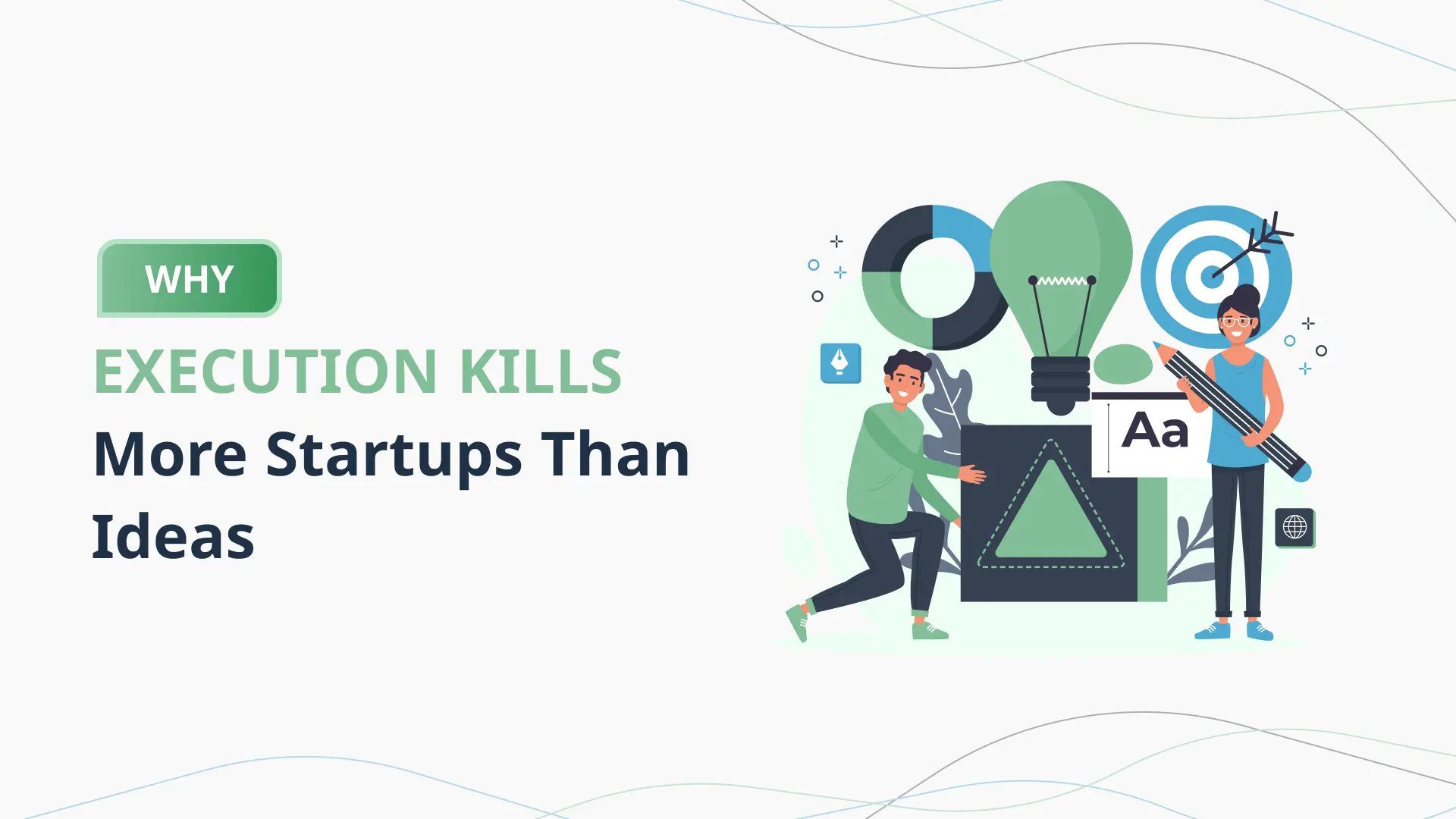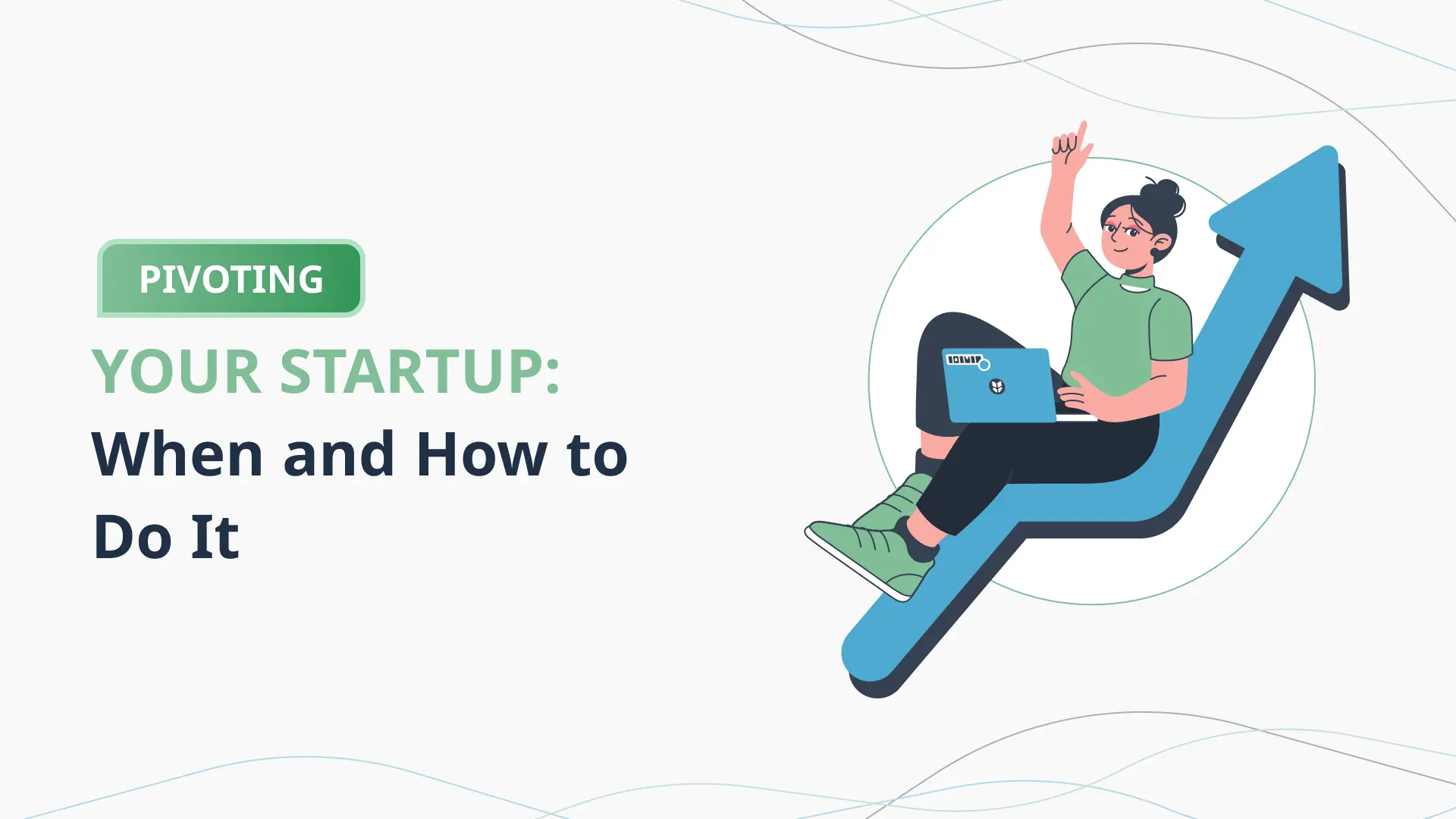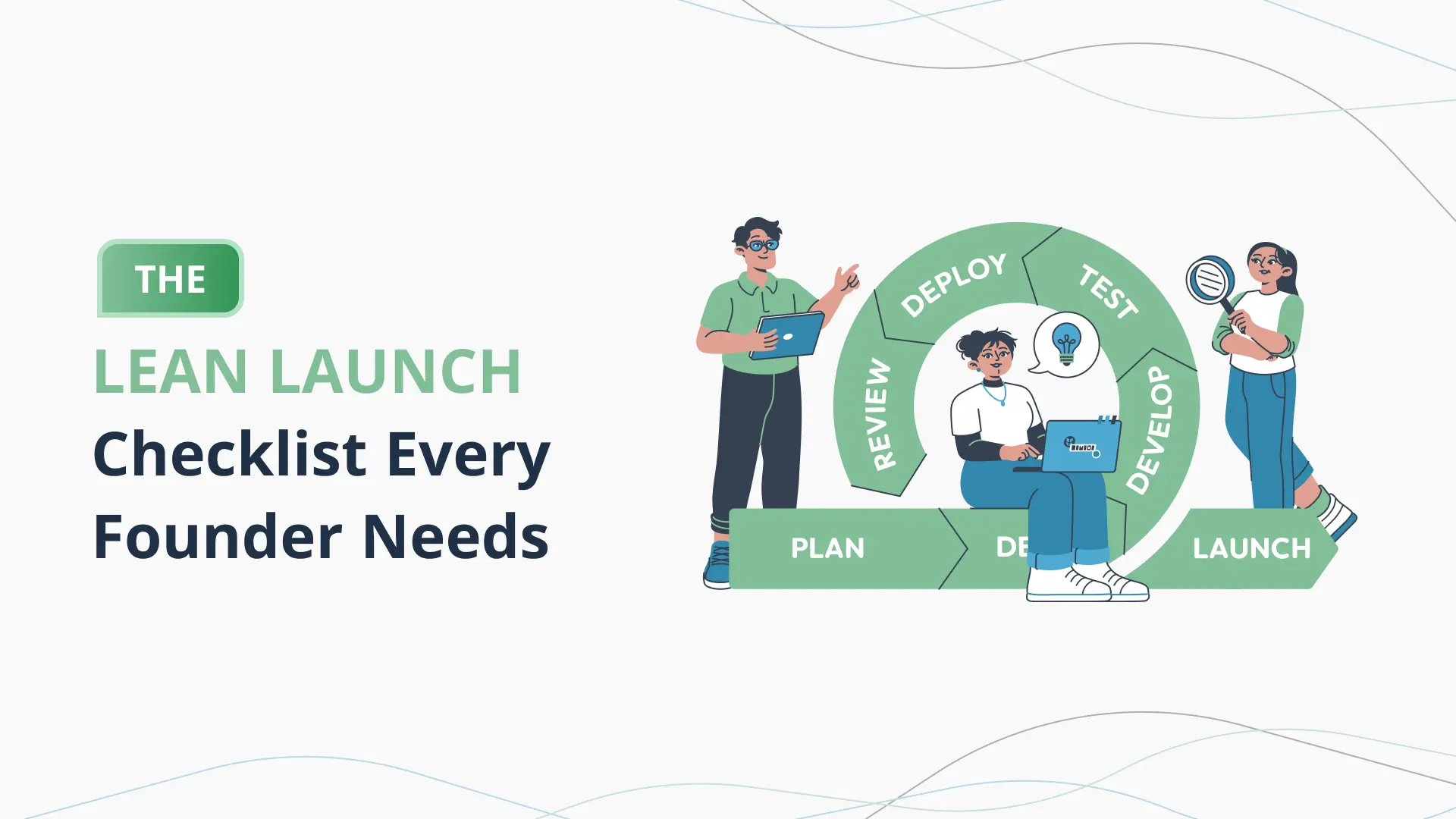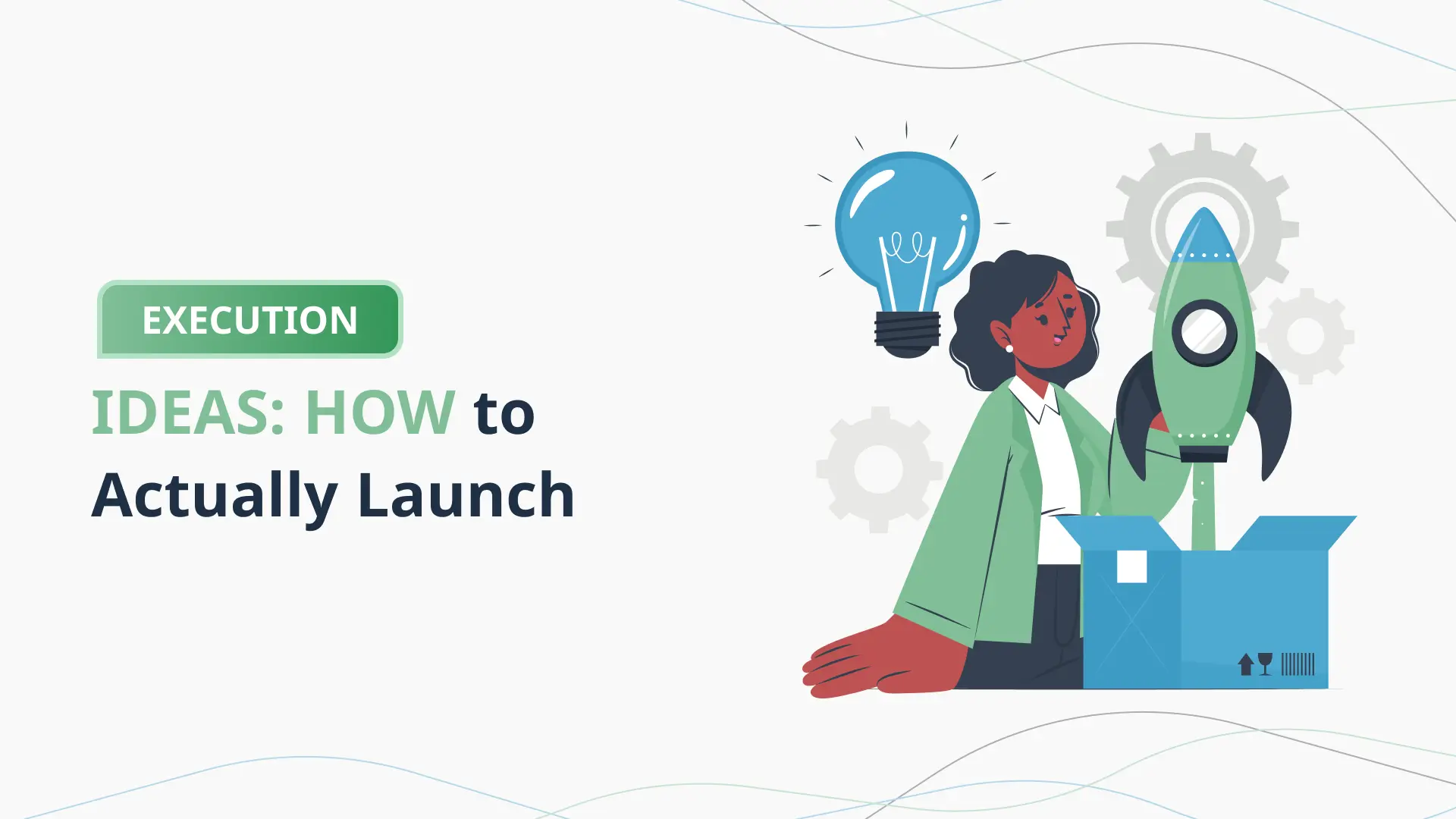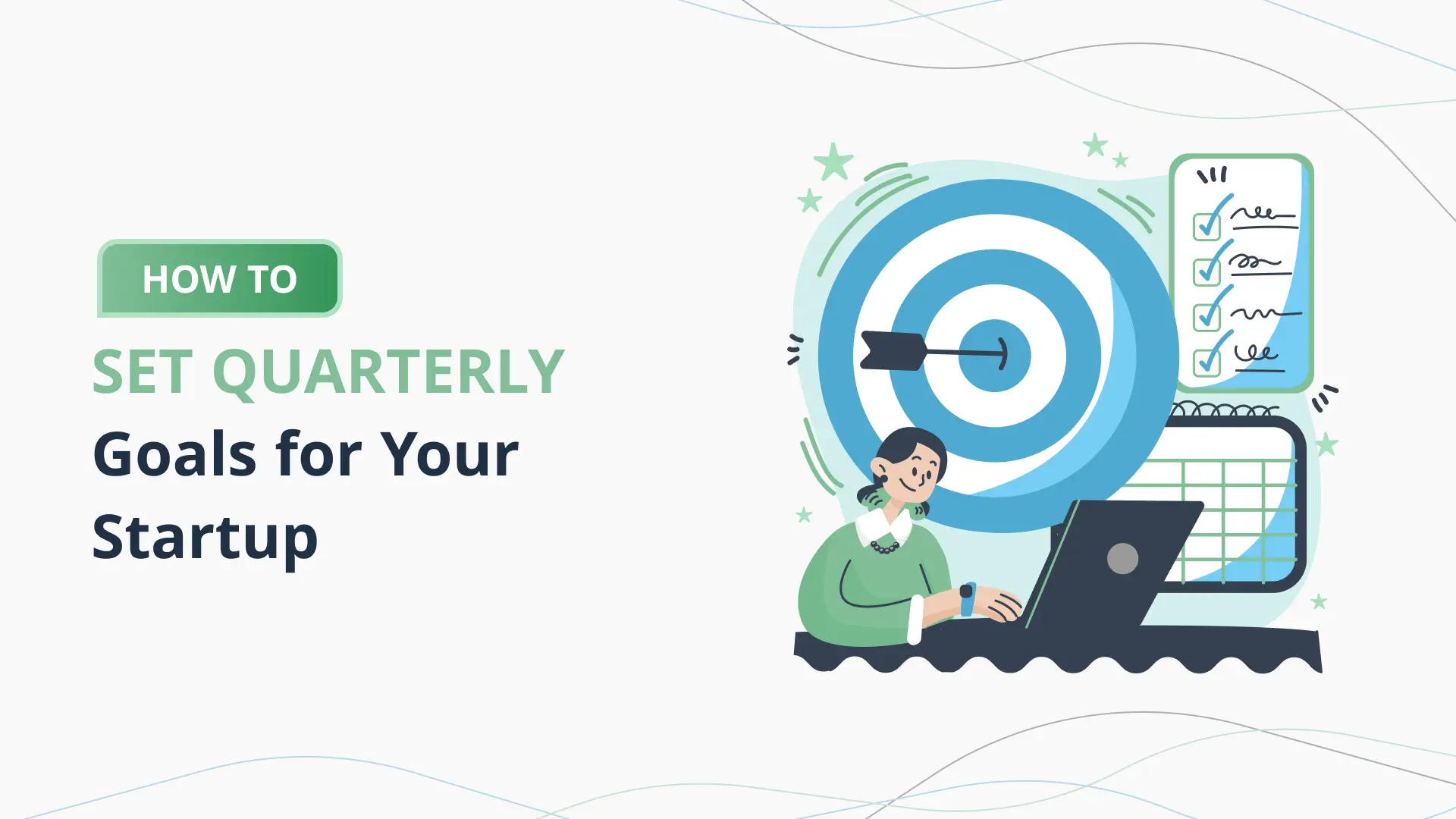Using AI to Analyze Market Trends in Real-Time
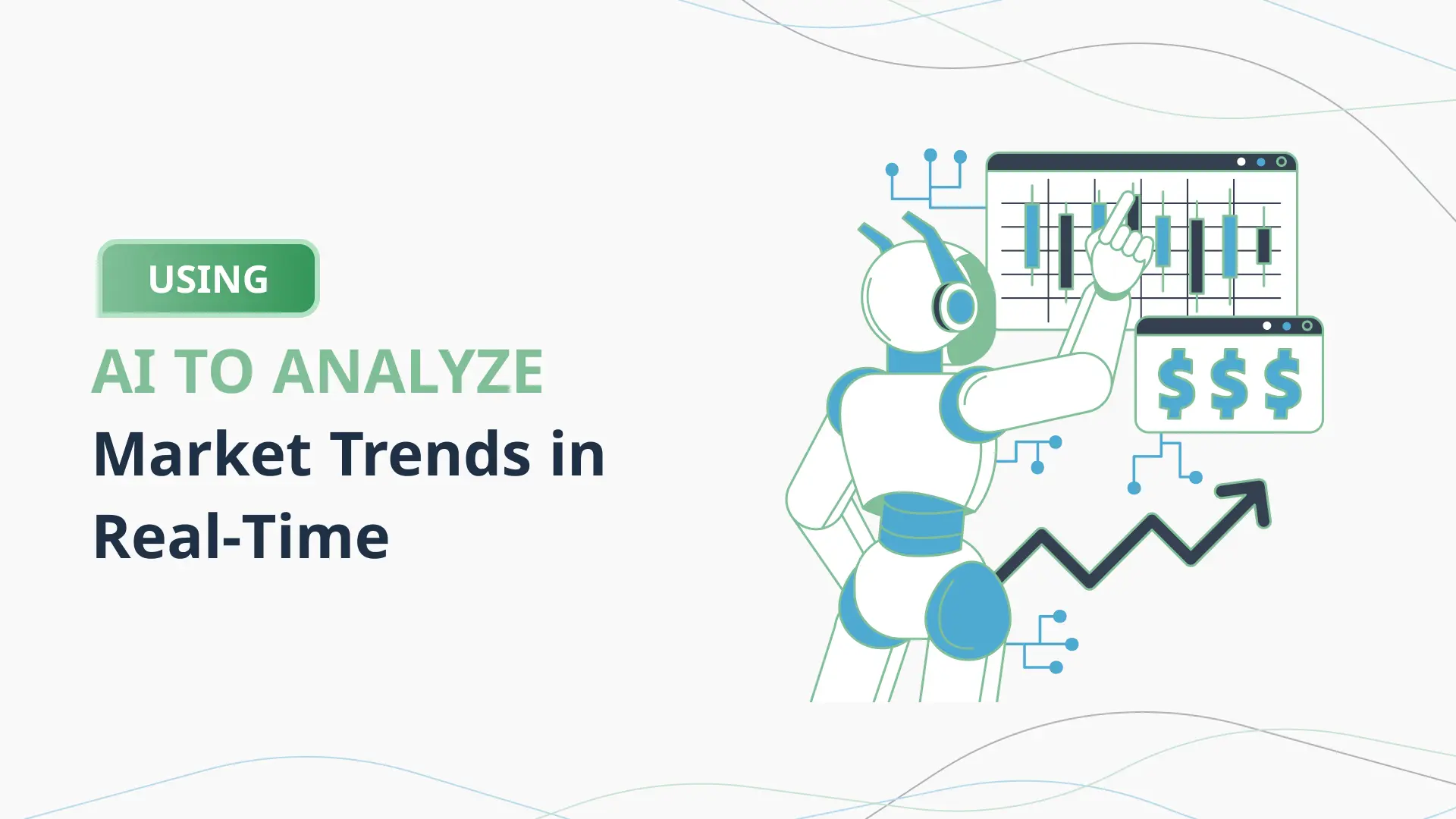
Introduction: The New Era of Market Intelligence
In today’s hyper-connected global economy, the ability to understand and react to market trends in real time is no longer a luxury—it’s a necessity. Whether you’re running a startup or steering a multinational enterprise, having the right insights at the right time can be the difference between thriving and merely surviving. Traditional market research methods, while still valuable, often fall short in delivering timely and dynamic insights. Reports get outdated quickly, consumer preferences evolve rapidly, and economic shifts can occur overnight. That’s where artificial intelligence (AI) is stepping in and revolutionizing the game.
Imagine a tool that can continuously scan millions of data points—from social media chatter and financial reports to news articles and consumer behavior patterns—and turn them into actionable insights within seconds. AI does exactly that. With its ability to process and learn from massive amounts of data, AI is empowering businesses to make data-driven decisions with speed and precision. And as more companies begin to understand the strategic advantage of real-time market analysis, AI is becoming a critical component of modern business planning.
Real-time analysis powered by AI isn’t just about speed—it’s about smarter decision-making. For example, AI can identify an emerging trend before it becomes mainstream, allowing a brand to launch a product or adjust its marketing strategy ahead of the competition. Or it can flag unusual activity in market sentiment, helping financial analysts and investors react swiftly to potential risks or opportunities. These capabilities are reshaping how businesses respond to both threats and opportunities in the marketplace.
But what’s particularly exciting is how accessible this technology has become. Thanks to platforms like the PlanVista app, even startups and small businesses can harness the power of AI. PlanVista acts as an AI business plan tool, combining the intelligence of real-time market analysis with the practicality of a business plan generator. It helps businesses not only understand where the market is headed but also align their strategies accordingly, all from a single platform.
This blog explores the intersection of AI and market trend analysis in depth. We’ll dive into real-world examples of how AI is currently being used across industries, examine the challenges companies face when integrating these technologies, and highlight the unique benefits AI offers to forward-thinking organizations. Along the way, we’ll also demonstrate how the PlanVista app can serve as your go-to startup planning tool, helping you make smarter, faster, and more effective business decisions.
If you’re a business leader, entrepreneur, or strategist looking to stay ahead of the curve, this guide is for you. Get ready to discover how AI isn’t just enhancing market research—it’s transforming it.
Real-World Applications: AI in Action
Artificial Intelligence isn’t just a buzzword in tech circles anymore—it’s actively transforming how businesses of all sizes analyze market trends in real time. From Wall Street to Main Street, companies are leveraging AI to interpret data at lightning speed, derive meaningful insights, and act decisively. Let’s explore how different industries are putting AI to work in the real world.
Financial Services
The finance sector was among the first to recognize AI’s potential for market analysis. In trading, hedge funds and investment firms use AI algorithms to parse through vast data sets—economic indicators, news headlines, earnings reports, and social media sentiment—to predict stock movements in real time. High-frequency trading platforms use machine learning to execute trades based on these instantaneous insights, often in fractions of a second. Additionally, banks use AI for credit scoring and risk assessment, allowing them to offer personalized loan options and reduce exposure to defaults.
For example, AI-driven analytics can identify a sudden spike in consumer interest in sustainable investment products, allowing asset managers to adjust their portfolios or create new offerings on the fly. The result? Faster, smarter financial decisions.
Retail and E-Commerce
Retailers and e-commerce businesses are equally enthusiastic adopters of AI for market trend analysis. These businesses rely heavily on understanding customer preferences, seasonal demand, and competitor activity. AI helps them analyze customer data from online behavior, reviews, and transactions to detect purchasing patterns. Machine learning models can then predict what products will trend, enabling companies to optimize their inventory and pricing strategies in real time.
One practical example: An online fashion retailer might use AI to detect a sudden increase in searches for “linen dresses” as summer approaches. The system could automatically adjust inventory recommendations, reorder stock, or boost marketing efforts around that trend—all without human intervention.
Healthcare
The healthcare sector is increasingly turning to AI to anticipate needs and improve service delivery. For instance, hospitals can use AI to analyze data from wearable health devices, public health records, and online behavior to predict disease outbreaks or sudden spikes in hospital admissions. This allows them to allocate resources more effectively and prepare for demand surges before they happen.
Pharmaceutical companies use AI to scan scientific publications and trial data in real time, identifying promising compounds or emerging treatment approaches far earlier than traditional R&D methods would allow.
Manufacturing and Supply Chain
Manufacturers leverage AI to optimize production schedules and anticipate supply chain disruptions. Sensors embedded in machinery feed real-time performance data to AI systems, which can predict equipment failures before they happen—minimizing downtime and saving costs. Meanwhile, supply chain managers use AI to track global shipping patterns, detect bottlenecks, and forecast inventory needs based on real-time demand.
By integrating AI, manufacturers can react swiftly to global events—such as a shipping delay in Asia or a raw material shortage in Europe—ensuring continuous operations with minimal disruption.
Challenges in Implementing AI for Market Analysis
While the promise of AI-driven, real-time market trend analysis is compelling, implementing such systems is far from plug-and-play. For all its transformative power, AI presents a unique set of challenges that businesses must carefully navigate. These obstacles range from technical and financial to organizational and ethical, and overcoming them requires both strategic foresight and operational flexibility.
1. Data Quality and Accessibility
At the heart of any AI system is data. However, not all data is created equal. For AI to deliver accurate and meaningful insights, it requires high-quality, clean, and well-structured data. Unfortunately, many organizations struggle with data that is siloed, outdated, incomplete, or inconsistent. This limits the effectiveness of AI algorithms and may lead to skewed or unreliable outputs.
Furthermore, accessing the right data in real time can be difficult. Data might reside in different departments, third-party systems, or in formats that are not AI-friendly. Without proper data integration and governance, even the most sophisticated AI tools can fall flat.
2. Lack of Technical Expertise
Building and maintaining AI models requires specialized skills in data science, machine learning, and software engineering. Many companies, particularly small and medium-sized enterprises (SMEs), lack the in-house expertise to develop or even deploy AI solutions effectively. Hiring or training staff with the right skills can be time-consuming and costly, creating a significant barrier to entry.
Additionally, interpreting the results produced by AI models—especially complex ones like deep learning systems—often demands a deep understanding of statistical analysis and algorithmic behavior. Without this knowledge, decision-makers might misinterpret AI-generated insights or overlook key findings.
3. Financial Investment
There’s a common misconception that AI is an expensive luxury accessible only to large corporations. While it’s true that developing custom AI solutions can require significant upfront investment in infrastructure, talent, and technology, more affordable options are becoming available. Nonetheless, the perception of high costs continues to deter many businesses from exploring AI-based market analysis tools.
This is where tools like the PlanVista app are making a difference. As a cloud-based AI business plan tool, PlanVista democratizes access to advanced analytics without the need for extensive resources or technical know-how.
4. Integration with Existing Systems
Another major hurdle is integrating AI solutions with a company’s existing IT infrastructure. Legacy systems may not support the real-time data flows or APIs needed for effective AI operations. Organizations often need to modernize their tech stack, which can involve significant changes to workflows and operations. This kind of digital transformation takes time and careful change management to implement successfully.
5. Ethical and Regulatory Concerns
AI systems often rely on personal or sensitive data, which raises questions about privacy, bias, and accountability. Regulatory frameworks such as the GDPR in Europe or the CCPA in California impose strict rules on how data is collected, stored, and used. Ensuring compliance while leveraging data for real-time insights is a delicate balance that businesses must get right to maintain consumer trust and avoid legal repercussions.
Benefits of AI in Real-Time Market Trend Analysis
Despite the implementation hurdles, the benefits of using AI to analyze market trends in real time are substantial—and often game-changing. Once a business integrates AI effectively, it gains access to capabilities that can elevate its competitive edge, streamline operations, and significantly enhance decision-making accuracy. Let’s explore the specific advantages businesses can expect when they embrace AI-driven market trend analysis.
1. Faster and More Informed Decision-Making
In the business world, timing is everything. One of the most powerful advantages of AI is its ability to process and analyze massive volumes of data instantly. This allows decision-makers to access insights in real time—sometimes within seconds—rather than waiting hours or days for manual reports to be compiled. Whether it’s identifying a shift in consumer preferences or detecting early signs of economic disruption, AI empowers leaders to act swiftly and strategically.
For instance, a retailer might notice through AI analytics that a particular product category is surging in popularity on social media. Within minutes, they can adjust their marketing campaigns, reorder stock, and inform suppliers, capitalizing on the trend before competitors catch on.
2. Predictive Analytics and Forecasting
AI doesn’t just analyze what’s happening now—it forecasts what’s likely to happen next. Machine learning models identify patterns in historical and real-time data, enabling predictive analytics that inform future planning. Businesses can use these forecasts to anticipate demand, optimize inventory, set strategic pricing, and even develop new products.
This predictive capability is particularly valuable for startups and growth-stage companies. With limited resources, they can’t afford to make decisions based on outdated or incomplete information. AI-powered forecasting allows them to plan proactively, reduce risk, and allocate their budgets more effectively.
3. Enhanced Competitive Advantage
AI gives businesses a crucial edge by uncovering insights others might miss. By continuously scanning competitors’ activities, consumer behavior, and broader market movements, AI helps companies stay one step ahead. This proactive positioning not only supports smarter strategy development but also enables businesses to capture market share from slower-moving rivals.
AI also aids in niche market discovery. By detecting micro-trends or underserved consumer segments, businesses can position themselves early and create hyper-targeted offerings that resonate with specific audiences.
4. Operational Efficiency and Cost Savings
By automating time-consuming tasks like data collection, sorting, and initial analysis, AI reduces the manpower and time needed for market research. This translates into significant cost savings and frees up human resources for higher-level strategic tasks. Moreover, AI systems can operate around the clock, ensuring that your business never misses an important market signal—even outside of regular office hours.
5. Personalization and Customer Insights
AI enables businesses to deliver personalized experiences based on customer behavior, preferences, and purchasing history. This is particularly valuable in sectors like e-commerce and digital marketing, where tailored content and offers can drastically improve engagement and conversion rates. Real-time analysis ensures that these insights are always up-to-date, aligning with current trends and consumer expectations.
PlanVista: Empowering Strategic Planning with AI
Amid the complexity of modern markets and the growing demand for agility, businesses need tools that can translate real-time market data into clear, actionable strategies. That’s where PlanVista enters the conversation—not just as another tech solution, but as a powerful ally in strategic business planning. As an AI-powered business plan generator, PlanVista is redefining how companies—from scrappy startups to established enterprises—approach market intelligence and decision-making.
Bridging AI and Strategy
PlanVista was built on a simple yet ambitious goal: to make sophisticated AI market analysis accessible and actionable for everyone. It merges machine learning, real-time data integration, and intuitive design to offer a comprehensive startup planning tool that empowers users to think big, plan smart, and execute efficiently.
Rather than merely delivering analytics or data dashboards, PlanVista turns raw information into structured business strategies. It automatically interprets market signals, forecasts trends, and suggests strategic responses—all tailored to the user’s specific industry, business model, and goals.
Core Features That Set PlanVista Apart
- Real-Time Data Integration:
PlanVista connects to a wide range of live data sources, including market indices, news feeds, consumer sentiment trackers, and social media analytics. This ensures that every recommendation is based on the most current market conditions—not outdated reports or lagging indicators. - AI-Generated Business Plans:
Instead of starting with a blank page, users are guided through a dynamic planning process where AI suggests content based on real-world data and proven business models. This includes everything from market analysis and competitive positioning to revenue projections and go-to-market strategies. - Industry-Specific Templates:
Whether you’re launching a SaaS startup, opening a retail store, or scaling a green energy venture, PlanVista offers customizable templates tailored to your niche. These aren’t cookie-cutter documents—they evolve in real time as you input data or as the market shifts. - Strategic Alerts and Recommendations:
PlanVista doesn’t just react to the market—it anticipates changes. Users receive intelligent alerts about significant market movements, emerging trends, or potential risks. The app offers suggestions on how to adapt your business plan accordingly, helping you stay agile and proactive. - Collaborative and Cloud-Based:
Designed for modern teams, PlanVista supports seamless collaboration. Teams can work on business plans simultaneously, leave comments, and track changes—all in the cloud. This makes it ideal for founders, advisors, and investors to stay aligned and move quickly.
A Solution for Every Stage
Whether you’re validating a business idea, pitching to investors, or refining a scale-up strategy, PlanVista adjusts to your needs. It demystifies the planning process, saves countless hours of research, and delivers confidence through data-backed decision-making.
Most importantly, PlanVista levels the playing field. You don’t need to be a data scientist or a seasoned strategist to create a high-quality business plan. With this AI business plan tool, strategic planning becomes faster, smarter, and far more effective.
How Startups Can Use AI for Market Validation
For startups, one of the most critical early challenges is validating whether there’s a real market need for their product or service. Traditionally, this has involved time-consuming methods like surveys, focus groups, and pilot testing. But with AI, market validation can become faster, more data-driven, and significantly more accurate.
AI tools like PlanVista can analyze real-time data from search engines, social media, news sources, and even competitor activities to determine market interest and demand patterns. For instance, if you’re launching a mobile fitness app, AI can identify trending keywords related to home workouts, gauge the sentiment of user reviews on competing apps, and highlight geographic areas where interest in health and wellness is growing.
One of the most valuable aspects of using AI for market validation is its ability to uncover insights that founders might overlook. Instead of relying on intuition or limited anecdotal feedback, entrepreneurs can assess real market behavior at scale. This helps avoid costly assumptions and provides concrete evidence for pitching to investors or pivoting strategy early on.
Additionally, AI can help benchmark your startup against others in your space. By evaluating pricing models, customer engagement, and feature sets of competitors, tools like PlanVista can guide you toward gaps in the market or highlight oversaturated niches.
Ultimately, using AI for market validation empowers startups to move with speed and confidence. It reduces risk, accelerates go-to-market timelines, and increases the likelihood of product-market fit. For any founder looking to test an idea or refine a concept, AI-driven insights are not just helpful—they’re indispensable.
Conclusion: Embracing AI for Market Insight
We are at a pivotal moment in the evolution of business strategy. The traditional ways of gathering market intelligence—static reports, delayed analytics, and guesswork—are no longer sufficient in an era defined by speed, complexity, and constant change. Artificial Intelligence offers a transformative alternative, empowering businesses to analyze market trends in real time and make smarter, faster decisions based on data, not intuition.
Throughout this guide, we’ve explored how AI is being applied across industries—from finance and retail to healthcare and manufacturing—each benefiting from enhanced foresight, operational efficiency, and competitive agility. We’ve also examined the challenges that come with AI adoption, such as data integration, skills gaps, and ethical concerns. While these hurdles are real, they are increasingly manageable thanks to evolving technology and accessible platforms like PlanVista.
AI’s true value lies not just in its ability to crunch numbers at lightning speed, but in how it enhances human decision-making. With AI, businesses can detect subtle market shifts before they become major trends, respond to consumer behavior in real time, and craft data-driven strategies that outperform the guesswork of the past. This capability turns uncertainty into opportunity and complexity into clarity.
What makes this revolution particularly exciting is how it’s no longer reserved for tech giants with sprawling R&D budgets. Tools like the PlanVista app have democratized access to AI-powered insights, allowing startups and small businesses to compete on a more level playing field. PlanVista does more than generate business plans—it brings market analysis, strategic planning, and predictive insights into a single, intuitive platform.
By using PlanVista, entrepreneurs can build business plans that evolve with the market, backed by real-time data and intelligent forecasting. Whether you’re seeking investment, planning a product launch, or navigating a pivot, PlanVista equips you with the tools to make data-backed decisions with confidence.
Looking ahead, the role of AI in business planning will only grow more integral. Market dynamics will continue to accelerate, and the businesses that succeed will be those that can interpret and act on market signals in real time. The integration of AI is no longer a futuristic luxury—it’s a present-day necessity.
Call to Action:
If you’re ready to elevate your business planning with the power of AI, now is the time to act. Explore the PlanVista app and discover how it can help you monitor trends, build smarter strategies, and stay ahead of the competition. Embrace the future of market intelligence—start planning smarter today with PlanVista.
FAQs
Real-time market trend analysis with AI involves using machine learning algorithms to process and interpret current data from various sources, enabling businesses to make instant, data-driven decisions.
PlanVista is an AI-powered business plan generator that integrates real-time market data, offering strategic recommendations, customizable templates, and forecasting tools to support business planning and execution.
No, tools like PlanVista make AI market analysis accessible for startups and small businesses by offering affordable, user-friendly solutions that don’t require advanced technical expertise.
Absolutely. AI enhances business planning by providing accurate forecasts, identifying risks and opportunities, and suggesting strategies based on real-time market trends, all of which lead to more informed and agile decision-making.
